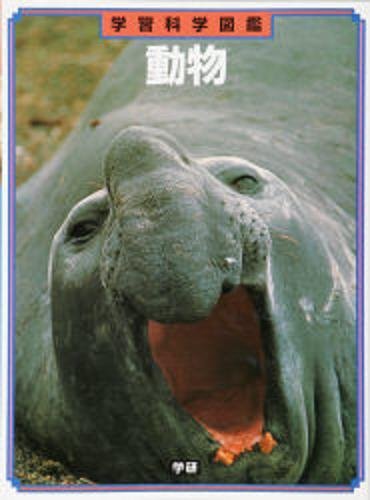4 0 0 0 OA 動物にとってのコンクリート
- 著者
- 今泉 忠明
- 出版者
- 公益社団法人 日本コンクリート工学会
- 雑誌
- コンクリート工学 (ISSN:03871061)
- 巻号頁・発行日
- vol.27, no.1, pp.49-52, 1989-01-01 (Released:2013-04-26)
- 参考文献数
- 4
1 0 0 0 動物
- 著者
- 今泉忠明 [ほか]執筆
- 出版者
- 学習研究社
- 巻号頁・発行日
- 1994
1 0 0 0 イリオモテヤマネコ : 南海の秘境に生きる
- 著者
- 今泉吉典 今泉忠明 茶畑哲夫著
- 出版者
- 平凡社
- 巻号頁・発行日
- 1978
1 0 0 0 動物
- 著者
- 今泉吉典監修 今泉忠明〔ほか〕執筆
- 出版者
- 学習研究社
- 巻号頁・発行日
- 1980
1 0 0 0 動物
- 著者
- 今泉吉典監修 今泉忠明〔ほか〕執筆
- 出版者
- 学習研究社
- 巻号頁・発行日
- 1980
- 著者
- 今泉 吉典 吉行 瑞子 小原 巖 土屋 公幸 今泉 忠明
- 出版者
- THE MAMMAL SOCIETY OF JAPAN
- 雑誌
- 哺乳動物学雑誌: The Journal of the Mammalogical Society of Japan (ISSN:05460670)
- 巻号頁・発行日
- vol.4, no.3, pp.63-73, 1969
- 被引用文献数
- 1
Three distinct mammal communities were recognized in a forest region on the western slope of Mt. Fuji, Honshu, Japan. Among them, the subalpine conifer forest community is relatively poor both in the number of species and in the density of populations of small mammals and is distinguished from the subalpine deciduous forest community by the absence of <I>Apodemus speciosus speciosus</I> and rarity of <I>Eothenomys kageus</I>. The low mountain mixed forest community is characterized by the presence of <I>Urotrichus talpoides hondonis</I> and the absence of <I>Dymecodon pilirostris</I>.<BR>In the most of species found in this region, the habitat range seems to clearly correlate with the nature of forests. However, those of <I>Dymecodon</I> and <I>Urotrichus</I> are exception and seem to be mainly determined by a kind of competition between them.<BR>In the region above Shôjiguchi Ni-gôme, 1, 500-2, 380 m alt., the habitat range of <I>Dymecodon</I> was completely confined to an area above and that of <I>Urotrichus</I> mostly to an area below a line at about 1, 600 m alt. in a mixed forest. However, two specimens of <I>Urotrichus</I> were obtained in the habitat range of <I>Dymecodon</I>, one at 2, 380 m and the other at 1, 670 m alt. This indicates that the habitat ranges of these two species are mostly segregated, but the territory of <I>Dymecodon</I> population is not so exclusive as that of <I>Urotrichus</I> and contains several individuals of the latter. Quite same phenomena of such special segregation between these two species have been known from Mt. Hayachine, Tohoku District, and Mt. Yatsugatake, Central Honshu.<BR>This can be explained clearly by a following hypothesis. There is a "competition by power" between those two shrew-mole species which are nearly related and similar in general habits including the ecological niche but are slightly different in size and physical strength. So that the individuals of the stronger species, <I>Urotrichus</I>, able to successfully maintain their territories against the individuals of the weaker one, <I>Dymecodon</I>, but the reverse is not true. If the population density of the stronger species is nearly in saturation in an area, then the individuals of the weaker species may be completely driven out from there. But, the stronger species probably able to invade rather freely into the range of weaker species and to live on there.<BR>It is probable that <I>Dymecodon</I>, evidently more primitive and older in origin than <I>Urotrichus</I>, had probably covered nearly completely the foot of Mt. Fuji in ancient times. After that <I>Urotrichus</I> had arrived there and gradually drove out <I>Dymecodon</I> from the foot to subalpine region. However in some regions where <I>Urotrichus</I> perhaps had failed to invade by some kinds of barriers, populations of <I>Dymecodon</I> have been maintained well to the present day. A population of <I>Dymecodon</I> at Lake Motosu region, 910m alt., may be such living remnant.




